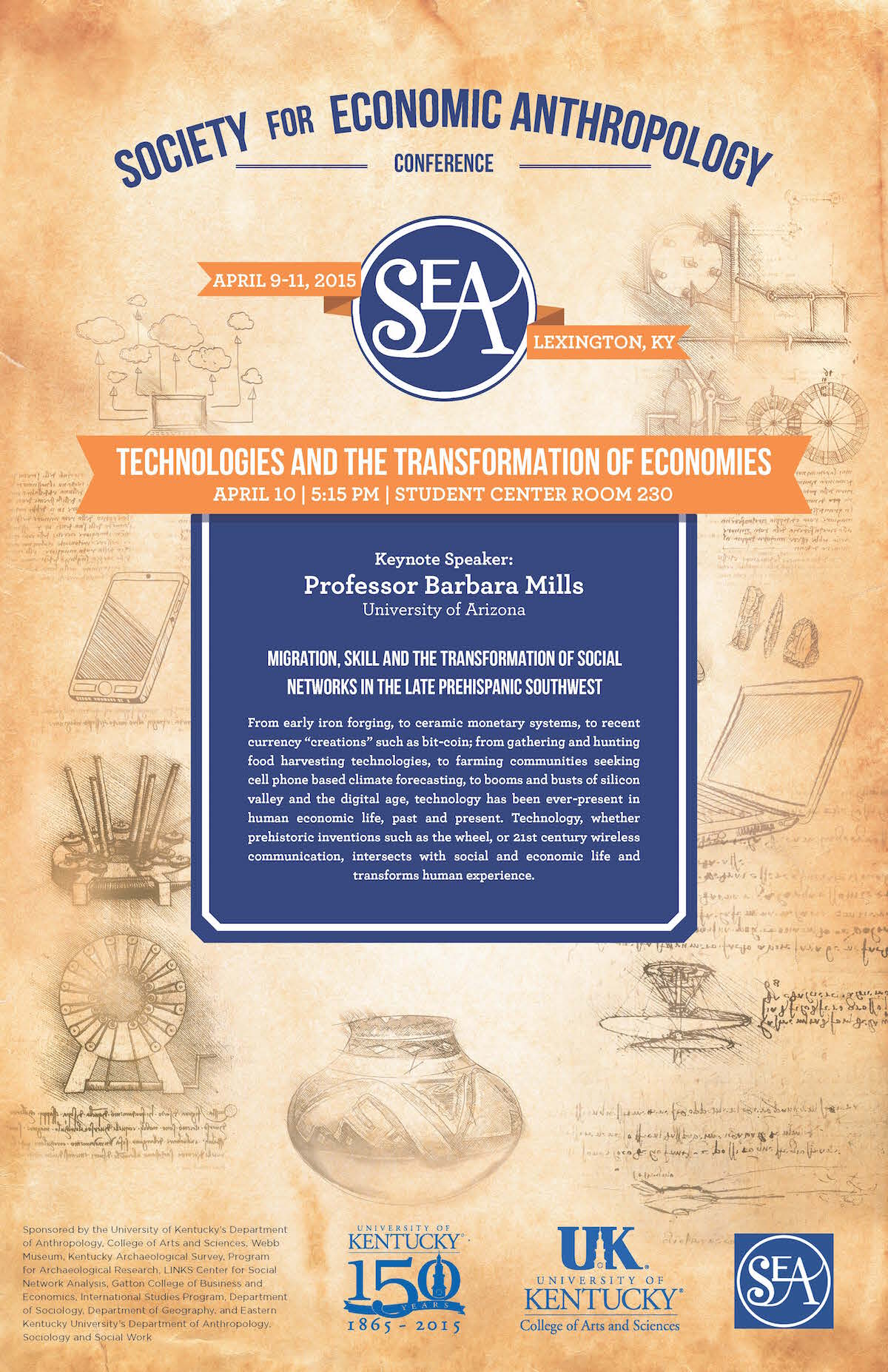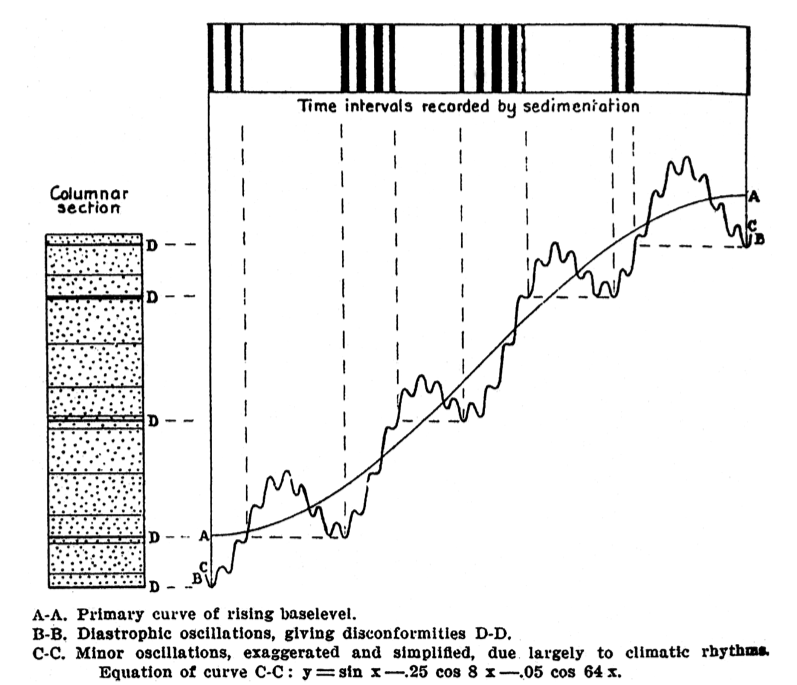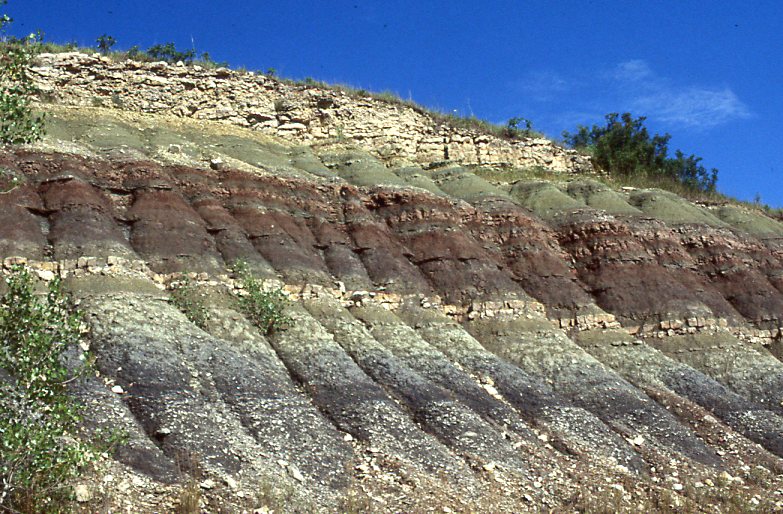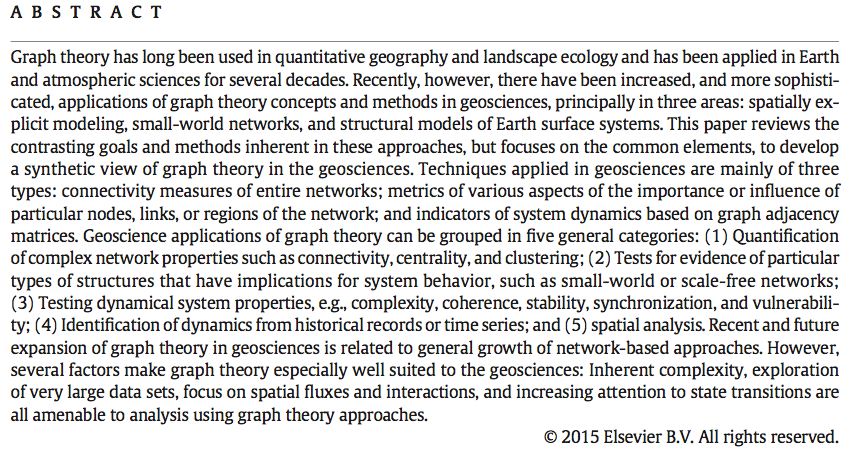Clive Barnett (University of Exeter)
Clive Barnett is a professor of geography and social theory at the University of Exeter. He is an urban-political geographer whose main interests are in democracy, public life, and urbanization.
You can see his profile at http://geography.exeter.ac.uk/staff/index.php?web_id=Clive_Barnett
His work investigates the intersections between democracy, public life, and urbanization. His current research includes work conceptualising the relationships between democracy and urbanization; work on the contemporary ‘urbanization of responsibility’; and research on the geographies of contentious public action.
He is the Editor for the Routledge Research in Place, Space and Politics Series.Here is a link to details of how to submit a proposal to the Series.
He blogs about some of his research and teaching interests at Pop Theory. Downloads of some of his research and teaching publications can be found at Academic.edu.





